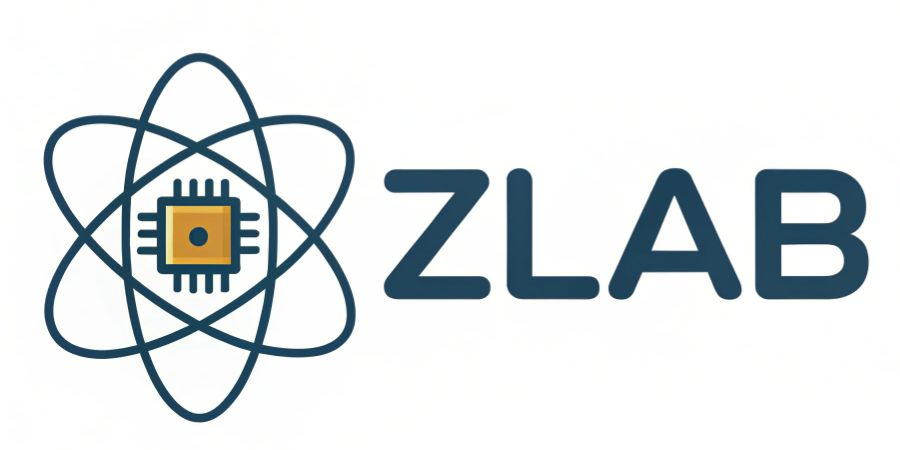

Our research interests mainly focused on:
-
(1) Quantum Optics and Photonics
This direction focuses on the development of advanced photonic devices for efficient light-matter interactions and quantum signal processing. Key achievements include the realization of parametric down-conversion photon-pair sources on nanophotonic chips (2017) and toward 1% single-photon anharmonicity in periodically poled lithium niobate microring resonators (2020). Experimental progress has emphasized non-reciprocal optical components, such as optomechanically induced non-reciprocity (2016, with extensions in recent years) and self-induced optical non-reciprocity (2025), achieving high isolation ratios without magnetic fields. Theoretical contributions involve modeling nonlinear optics and integrated circuits for quantum repeaters and networks. These efforts have enhanced quantum metrology applications, with collaborations yielding portable magneto-optic traps and enhanced light-matter interactions in microresonators, paving the way for scalable quantum communication technologies.

-
(2) Quantum Computing and Error Correction
Centered on robust quantum information processing, this direction explores bosonic quantum error correction codes and universal gate operations in superconducting circuits. Milestones include the experimental demonstration of quantum error correction on a binomial bosonic logical qubit (2019) and bosonic codes in superconducting quantum circuits (2021). Recent work (2023–2025) has advanced hardware-efficient quantum random access memory using hybrid acoustic systems and end-to-end quantum learning on superconducting processors, achieving high-fidelity operations under noisy conditions. Theoretical frameworks address quantum metrology and Rydberg atom-based computation, with student projects on neutral atom arrays and quantum networks. These advancements contribute to fault-tolerant quantum computing, demonstrating repetitive error correction and entanglement protection.

-
(3) Hybrid Quantum Systems
This direction investigates coherent interfaces between disparate quantum platforms, such as photons, phonons, and spins, for frequency conversion and hybrid transduction. Notable progress includes superconducting cavity electro-optics for photon conversion (2018), microwave-optical quantum frequency conversion (2021), and piezomechanical scattering in electro-optic transducers (2025). Experimental realizations encompass cavity magnomechanics (2016, extended to 2019 thermal bistability studies) and hybrid superconducting-phononic chips. Theoretical models support reconfigurable optomechanical circulators and directional amplifiers (2018), with recent focus on Schrödinger-cat states with record lifetimes (2025) for enhanced precision measurements. Collaborations have led to photon-atom hybrid integrated chips for quantum networks, fostering applications in quantum sensing and scalable quantum devices through integrated phononic-photonic platforms.
